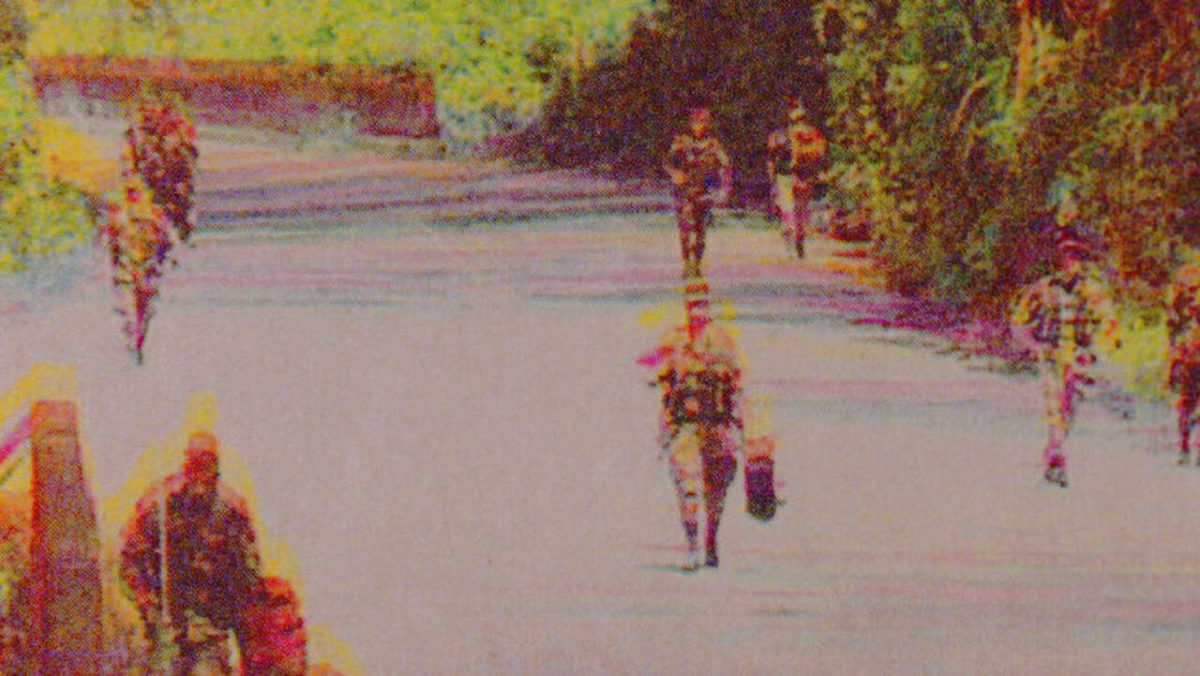It is difficult to articulate absence. How do you write about something that isn’t there? Can there ‘be’ nothing at all? Western philosophical thought begins with astonishment: the bittersweet revelation that something, rather than nothing, exists. In turn, positioning absence as a cinematic essence invites risk: a gamble, a provocation, a creative act, a political gesture. To ‘see’ absence requires a magnifying glass and a telescope: you must first look closely, then look away, and behold the subject from afar. Perhaps we should use a camera instead.
Cinema shows through close-up an embedded, attentive act of care. Cutting and splicing shots produce a type of remedy: this act captures the absence that haunts the frame, the off-screen space, and those overlooked and marginalised. In this volume, six essays dissect and reassemble fragments of larger stories, mapping the possibility of absence as it is actualised on film.
Dini Adanurani carves an archaeology of absence as told in Werner Herzog’s Cave of Forgotten Dreams. This film illuminates the past, focusing on a pre-ancient time when memory offers mixed solace and foregrounds a wider concern with art, the body and remembering. Then, in the search of lost images, Rachel Pronger articulates omissions that characterise archival modes of viewing. The fragmented histories that ensue in Cheryl Dunye’s The Watermelon Woman and Barbara Hammer’s Nitrate Kisses propose reworkings of historiography.
Another kind of logic—one of repurposed absence—drives Sam Moore to explore the found footage adult films of William E. Jones and the phenomenology of cutting away, the removal of sex from archival porn. Through the ethics of withholding, Jones questions the medium of cinema and the role of sexual acts within it. Next, Vedant Srivinas dislocates presence from the universalised Western canon. Contrary to their pretence of ontological clarity, Mani Kaul’s films are rather understood as an “ineffable intuition of felt absence”.
Alonso Aguilar gives attention to two Latin American filmmakers who rework socio-political expectations inherited from the region’s cultural past. Films by Paz Encina and Camilo Restrepo resurrect, remember and reinvent a shared history pockmarked by ambiguities and omissions. Concluding this issue, José Emilio González and Rodrigo Garay gather three recent films to conceptualise cinematic mnemonics as a way to recover missing objects from the past. But this is not any past: we ask the viewer to see a film’s history as first, a restorative form of ritual, and second, a primordial feature of cinema that could guide its future.
